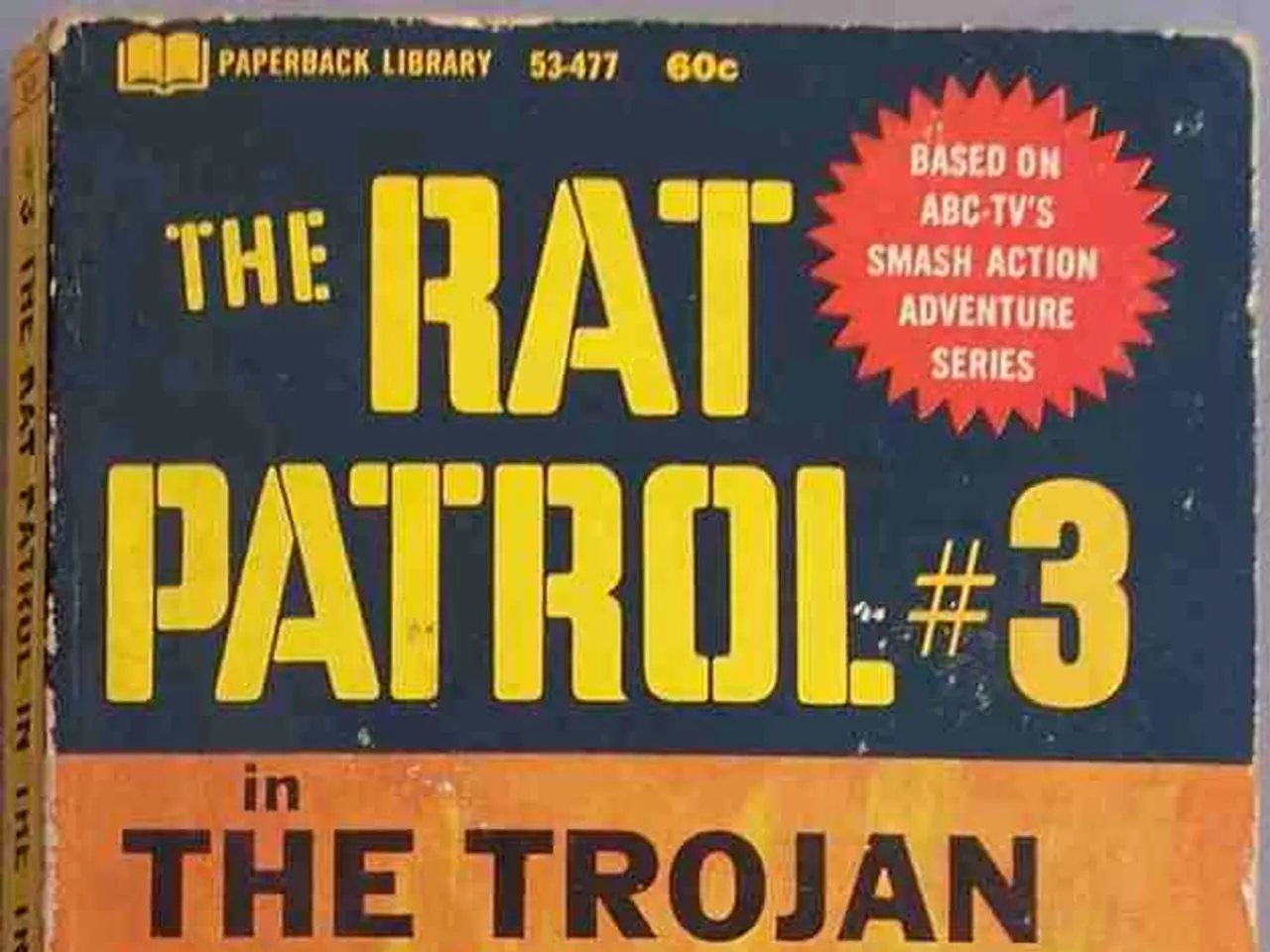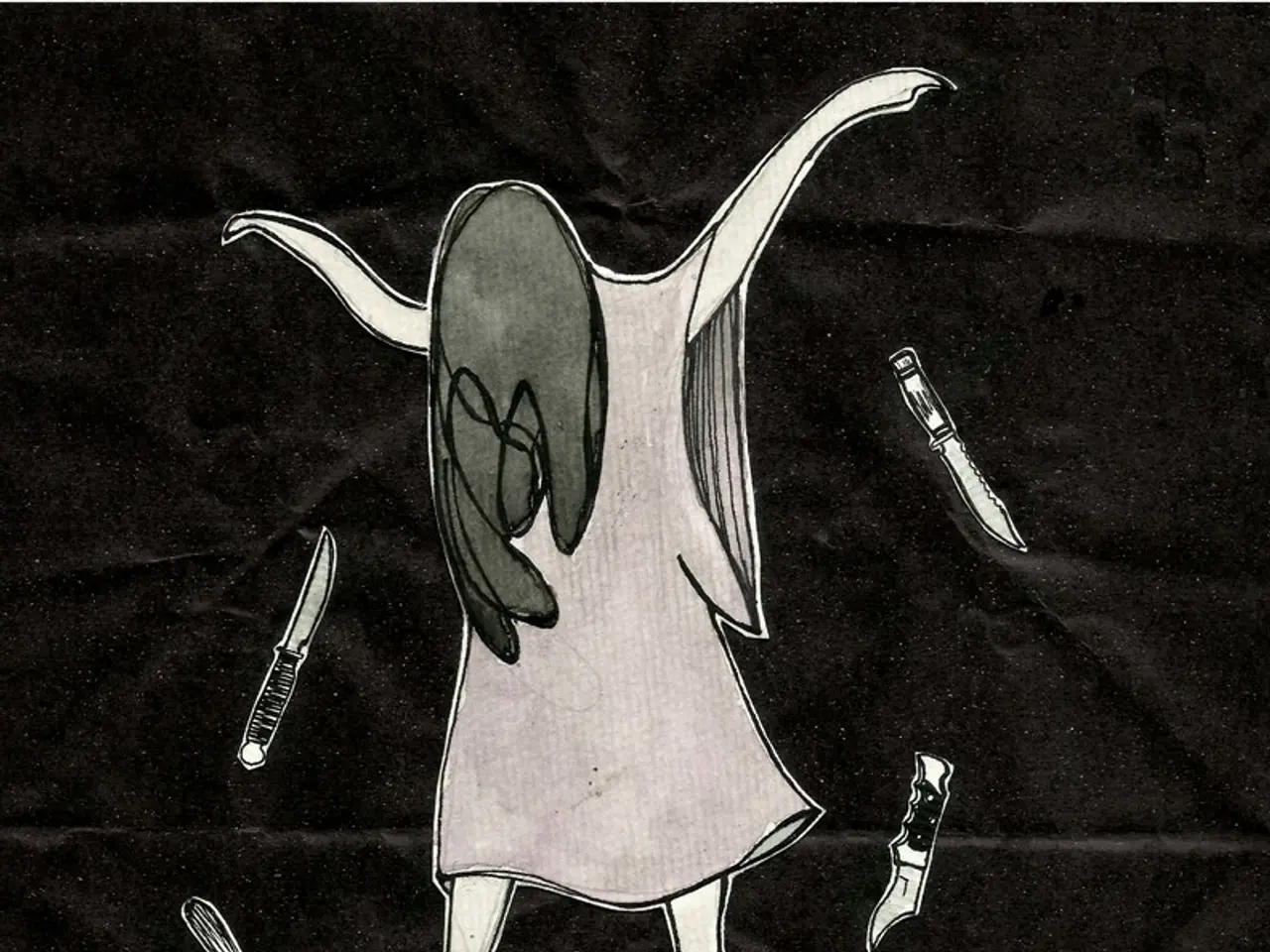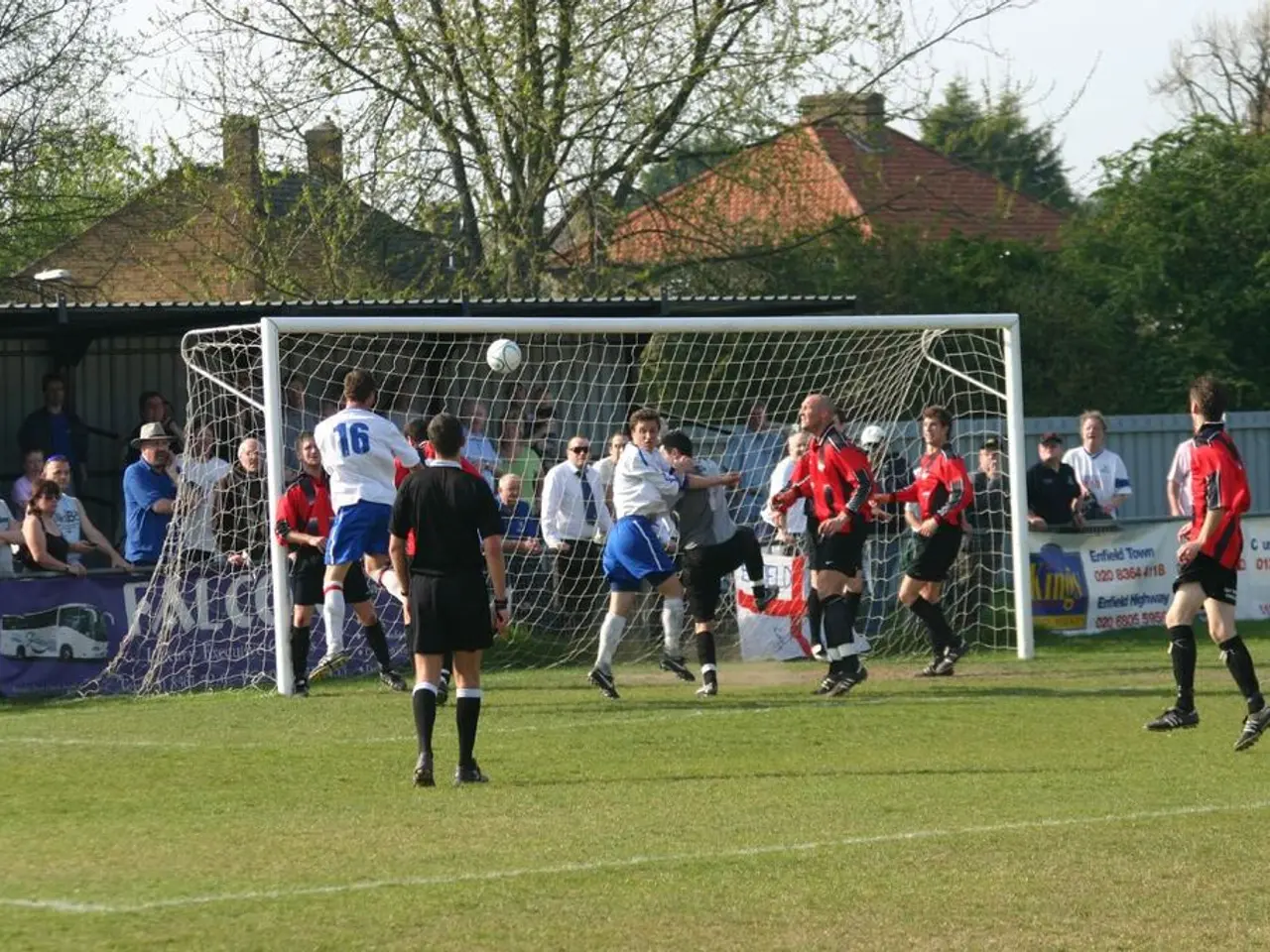NATO's Rearmament Possibilities amidst Russia's Peace Efforts
In a shifting geopolitical landscape, Russia and China are steadily strengthening their military ties, aiming to challenge the Western-led liberal international order. This strategic partnership, often described as a "no limits" alliance, is causing concern among NATO members and prompting the alliance to reevaluate its defence strategies.
Russia's ongoing conflict with Ukraine, coupled with China's growing military capabilities, has raised alarms within NATO. In June 2024, Russian President Vladimir Putin proposed that Ukraine adopt a neutral, non-aligned status, be nuclear-free, and undergo demilitarization and denazification, sparking controversy and concerns about potential Ukrainian surrender.
NATO Secretary General Mark Rutte and a retired U.S. four-star general have highlighted the growing military threat posed by these two nations. Rutte warned that a Russian attack on NATO today would be "very unwise" due to the expected devastating response, but there is concern that in 3 to 7 years, Russia might successfully challenge NATO if current investments are not increased. Similarly, China is rapidly expanding its military capabilities, including plans for a thousand nuclear warheads by 2030 and a significant naval build-up.
To counter this strategic position, NATO is considering several steps. First, investing more in defence capabilities to deter future attacks from Russia and China, addressing both current and anticipated threats. Second, increasing military presence and intelligence capabilities near NATO’s eastern borders, especially in northern Europe, to respond to Russia’s expansionist military posture. Third, enhancing cohesion among NATO members despite varying relationships with China, as European nations balance economic ties with concerns over Beijing’s influence. Lastly, preparing for the possibility of supporting U.S. efforts in Asia indirectly by managing European security commitments to enable more U.S. focus on the Indo-Pacific region.
As the strategic position of Russia and China continues to evolve, NATO remains committed to maintaining deterrence and strengthening its defences. The alliance is proactively planning for a multi-theatre strategic environment that includes both Europe and potential Asian conflicts. Despite the challenges ahead, NATO remains resolute in its mission to protect its members and uphold the values of democracy, freedom, and peace.
Sources: [1] The Diplomat, "Russia and China: A 'No Limits' Partnership?" (2022) [2] The Washington Post, "NATO's Response to the Challenges Posed by Russia and China" (2023) [3] The New York Times, "NATO's Defense Build-Up in Response to Russia and China" (2024) [4] Financial Times, "NATO's Eastern Border Build-Up in Response to Russia's Military Posture" (2024)
- The strategic partnership between Russia and China, often referred to as a "no limits" alliance, has raised concerns among NATO members, causing the alliance to reevaluate its defense strategies.
- Russia's ongoing conflict with Ukraine and China's growing military capabilities have alarmed NATO, particularly the potential expansion of Russia's military posture.
- In response to this strategic position, NATO is considering several steps to counter potential future attacks, such as increasing military presence and intelligence capabilities near its eastern borders, especially in northern Europe.
- China is rapidly expanding its military capabilities, including plans for a significant naval build-up and aiming to possess a thousand nuclear warheads by 2030.
- As the geopolitical landscape shifts, NATO remains committed to maintaining deterrence and strengthening its defenses, proactively planning for a multi-theatre strategic environment that includes both Europe and potential Asian conflicts.
- The alliance is also focusing on enhancing cohesion among its members despite varying relationships with China, as European nations balance economic ties with concerns over Beijing's influence.
- In the General-news, the ongoing cold war-like competition between Russia, China, and the West is often discussed, particularly in the arena of technology, security, politics, and propaganda.








